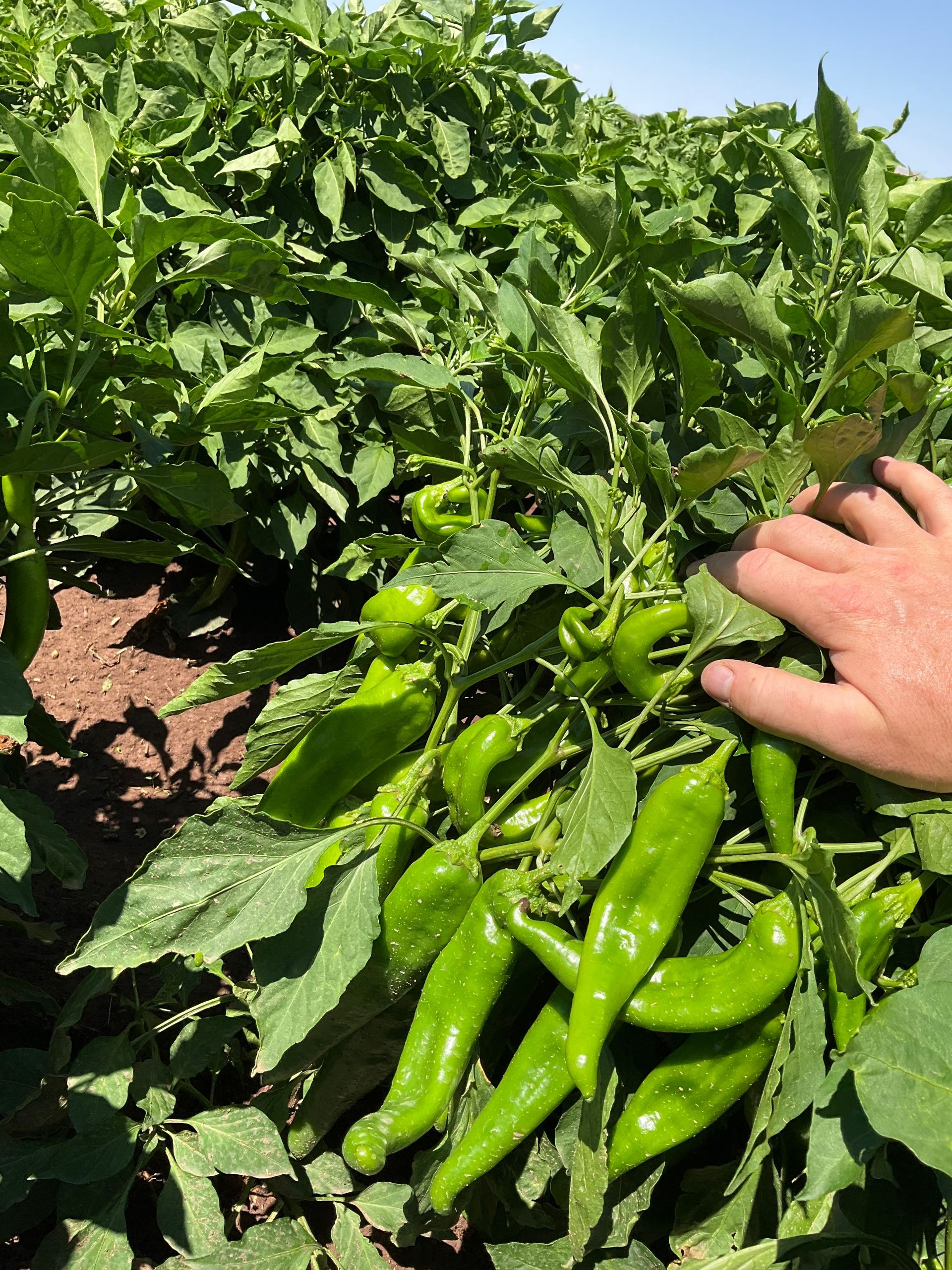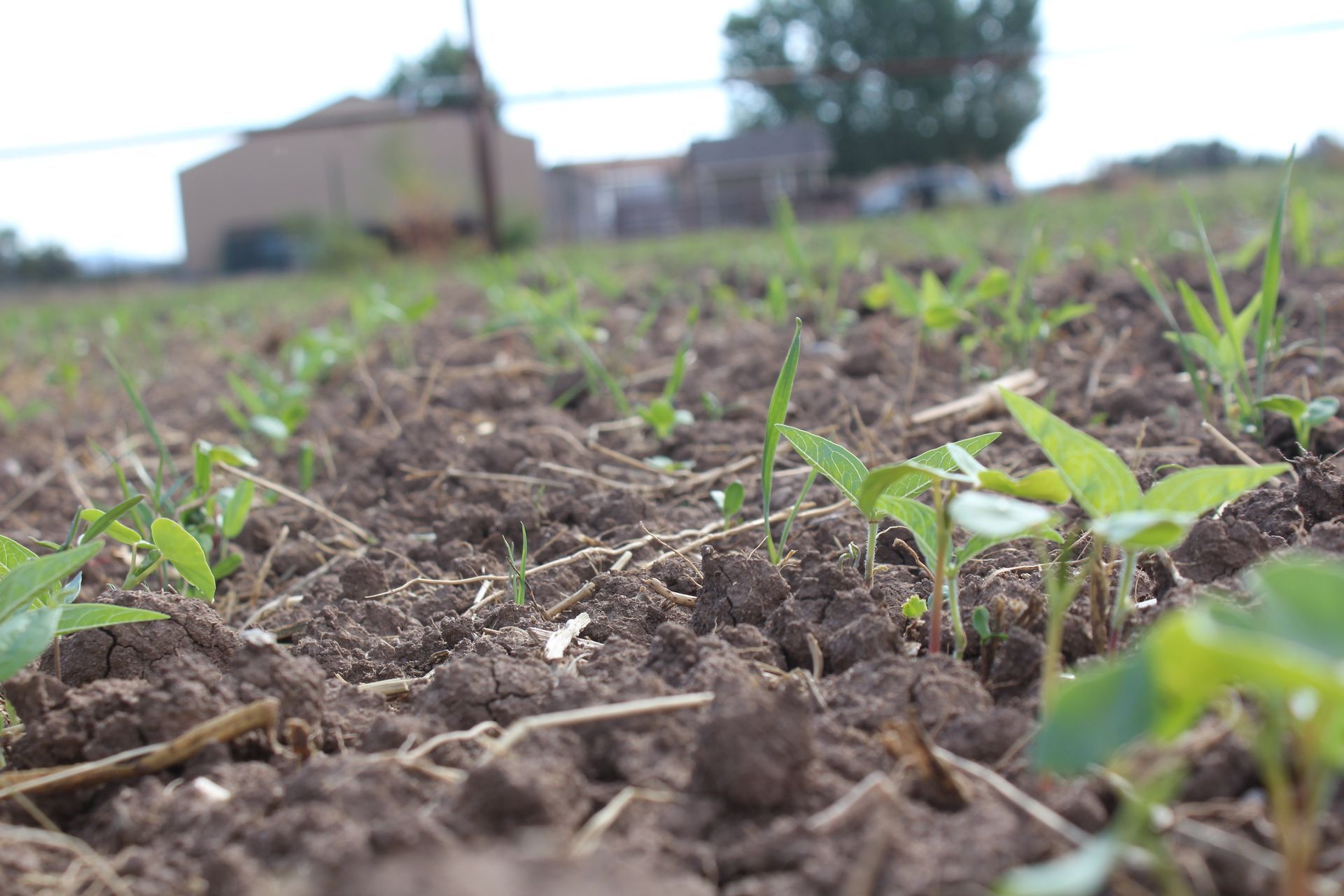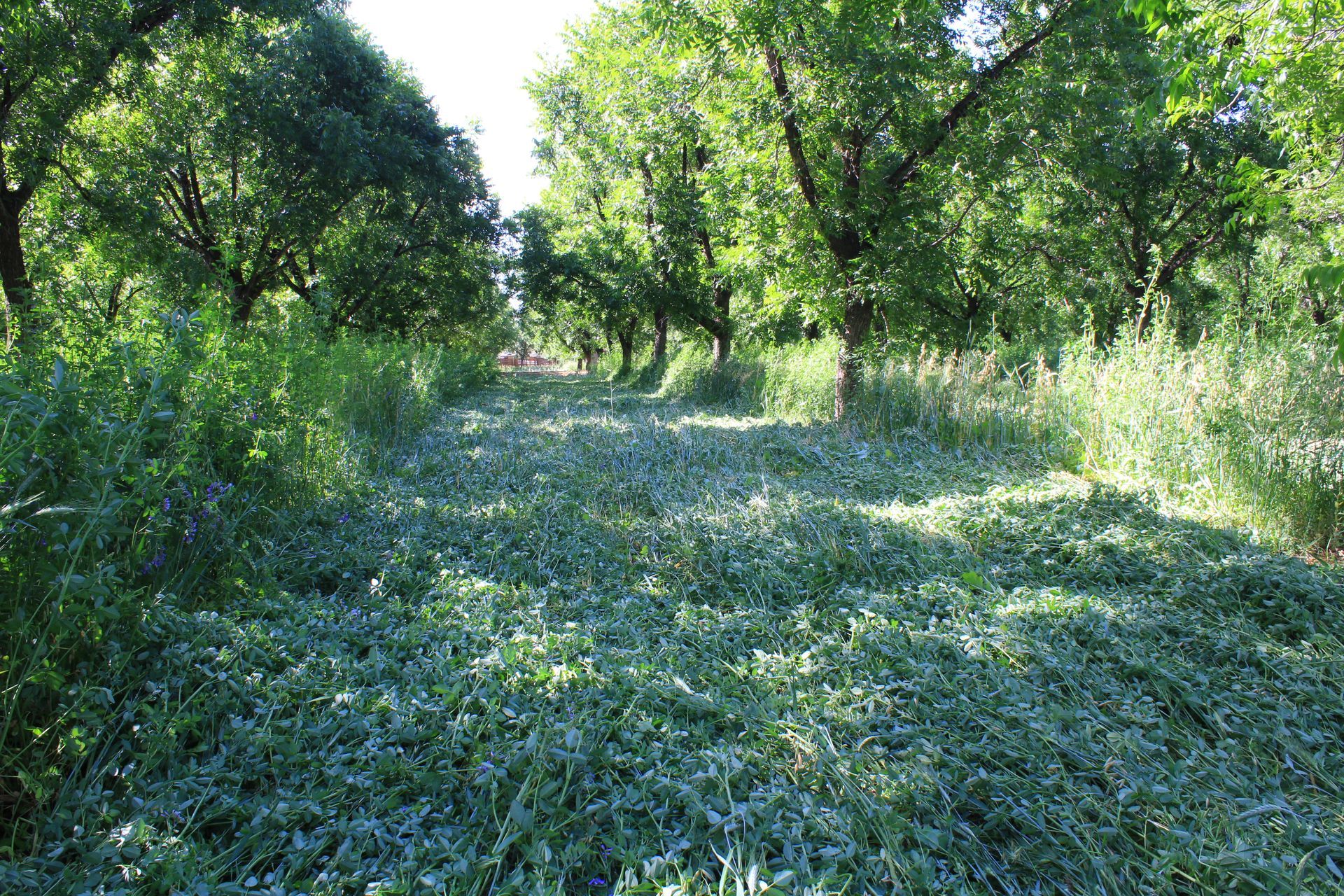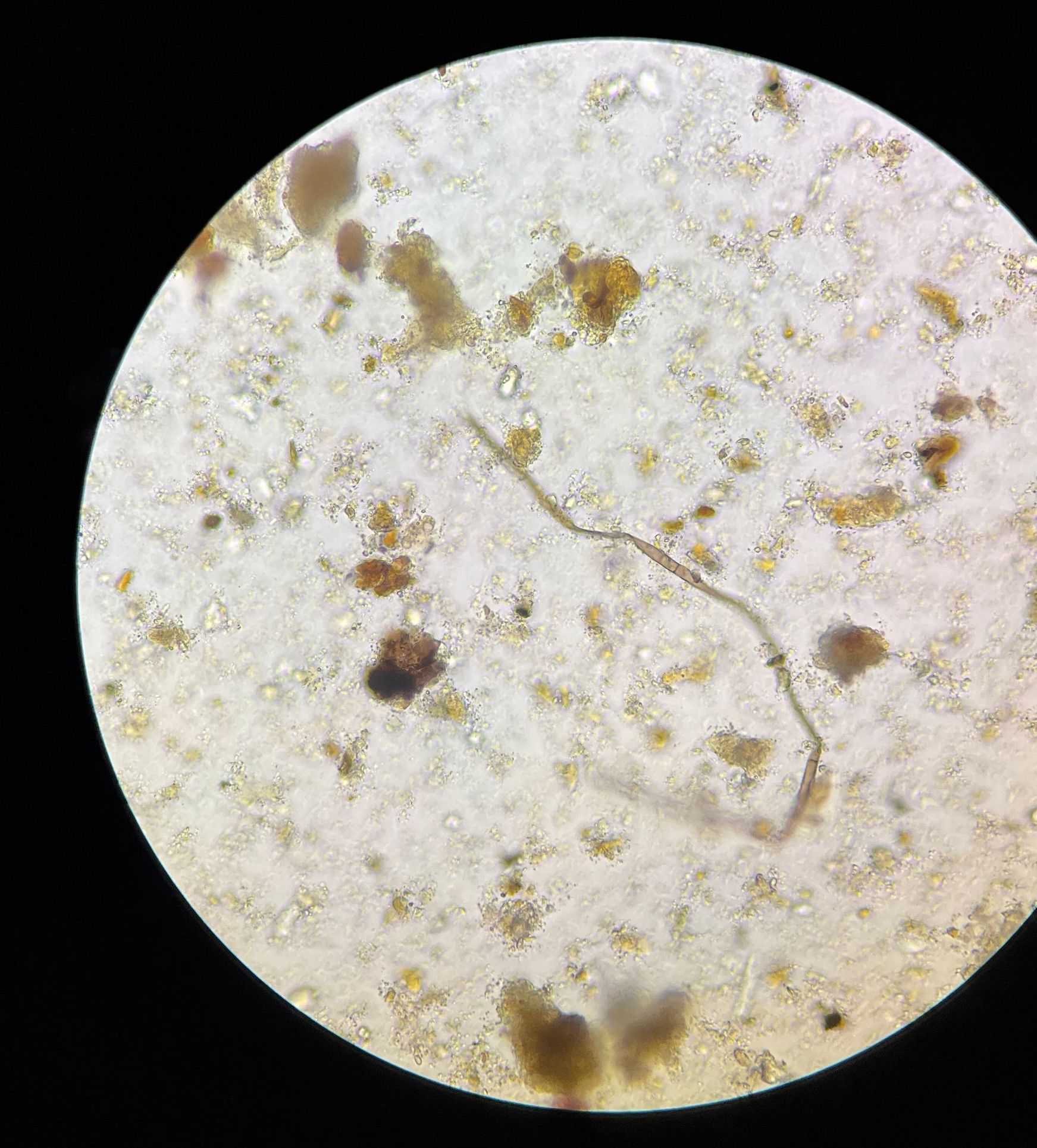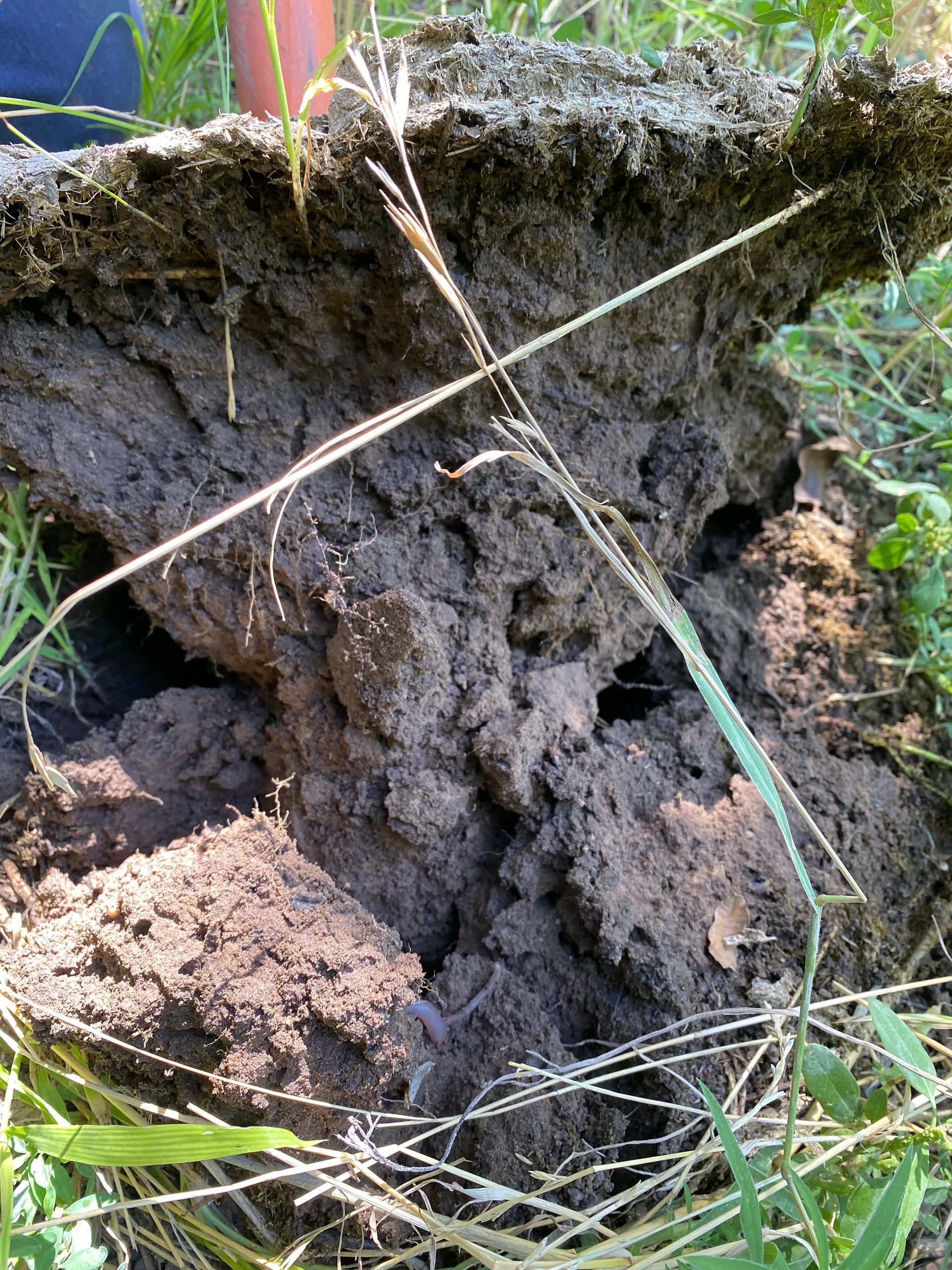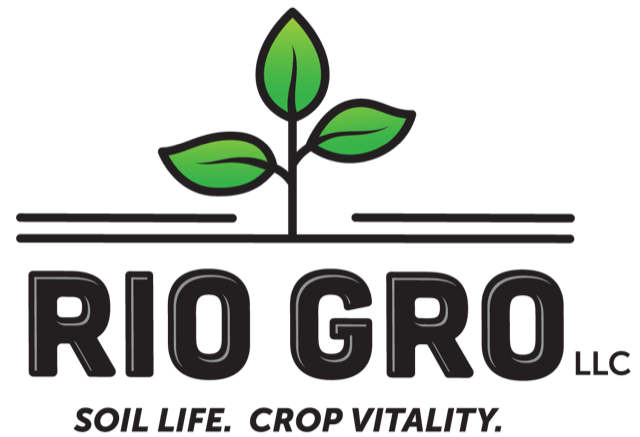High-Return Regenerative Green Chile
3 critical components are necessary.
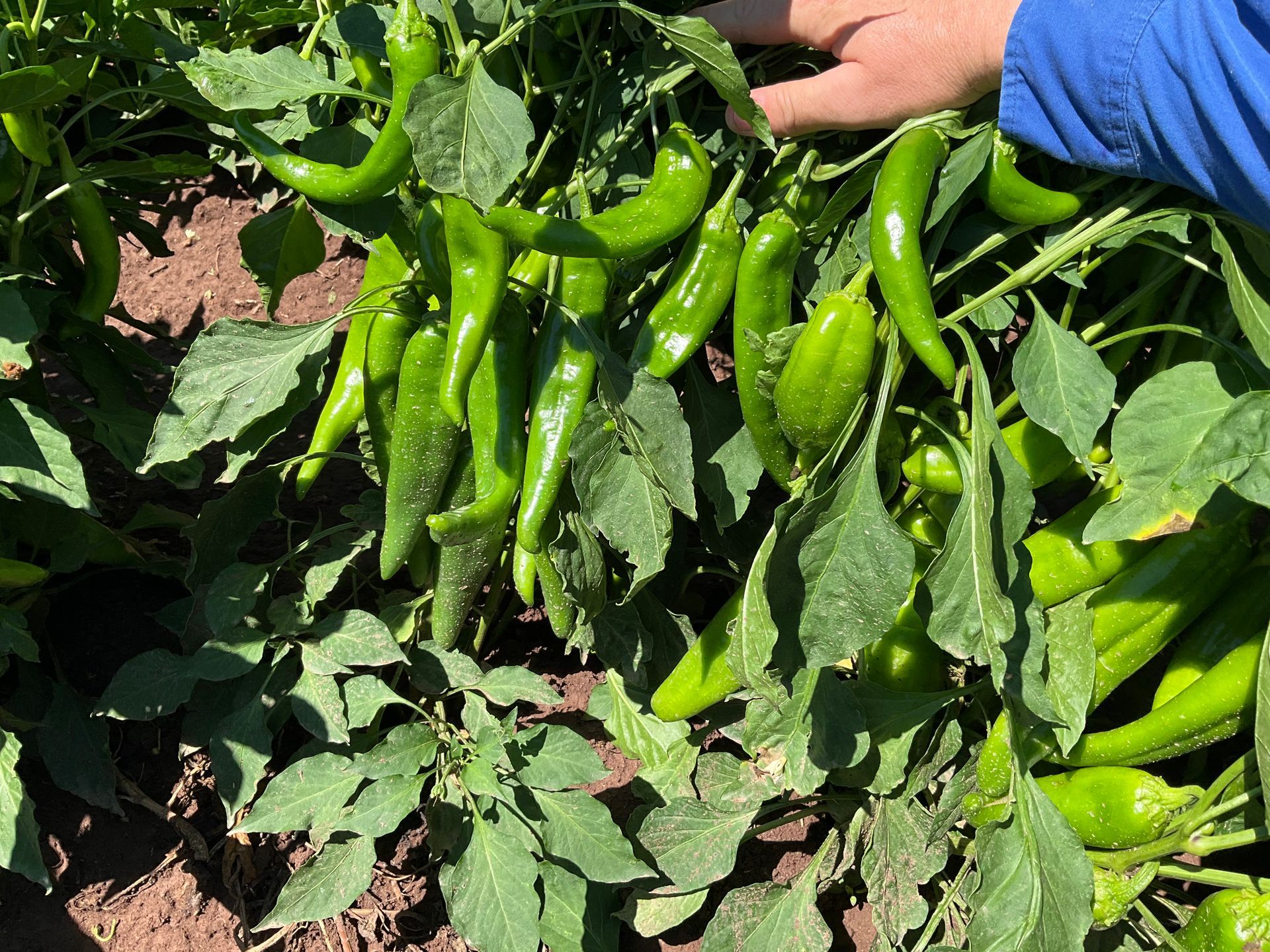
Grower Experienced yields of 37 tons per acre on this block.
The block was initially wiped out by Rhizoctonia after lying fallow for 3 years. When it was realized that the field had never received a Biology/Carbon program, a standard protocol for Vermicompost Tea was recommended, along with a food source for the biology. Crop was then replanted.
A Systems Approach was taken to the crop nutrition program, composed of these 3 critical elements:
Microbes: Diverse biology through vermiculture tea and fungal spores provides maximum nutrient delivery.
Food Source for fungal and bacterial biology.
Carbon-complexed nutrients: Efficient and biologically compatible for maximum nutrient delivery and plant benefit.
Without any of these 3 components, the system does not work, and optimum plant health is not achieved.
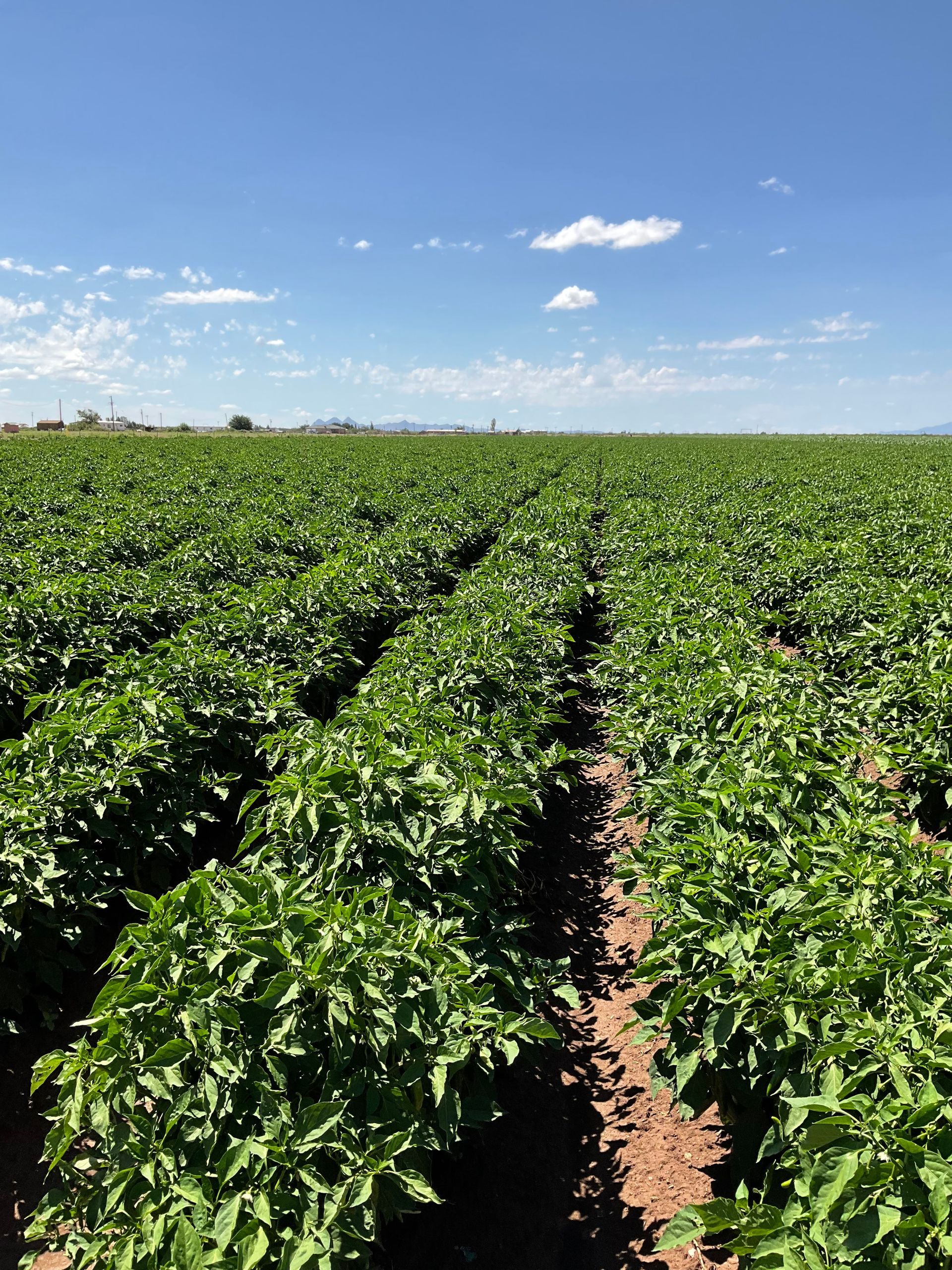
This program included bi-weekly sap testing to monitor nutrient levels closely and be prepared for nutrient demands.
A carbon-based starter fertilizer (analysis 7-21-3) was used at planting, as well as foliar applications of micronutrients as required per sap testing.
Amino acid nitrogen comprised a portion of the nitrogen input, and all N and P applications were carbon-complexed.
The nutrition program cost per acre was $1,500.00
The Gross income per acre was $22,200.00
Some observations:
- Extremely low pest and disease pressure throughout the season. (Healthy plants repel insects and disease!)
- Very low pesticide input costs. (1 application for darkling beetle)
- High nutrient efficiency from carbon complexed nutrients and biology.
In the end, the grower experienced excellent ROI in spite of low fresh-market green chile prices, due to lowered input cost and excellent yield of a systems approach to crop nutrition.
Yes, it is possible to grow highly productive, insect and disease-free crops!
